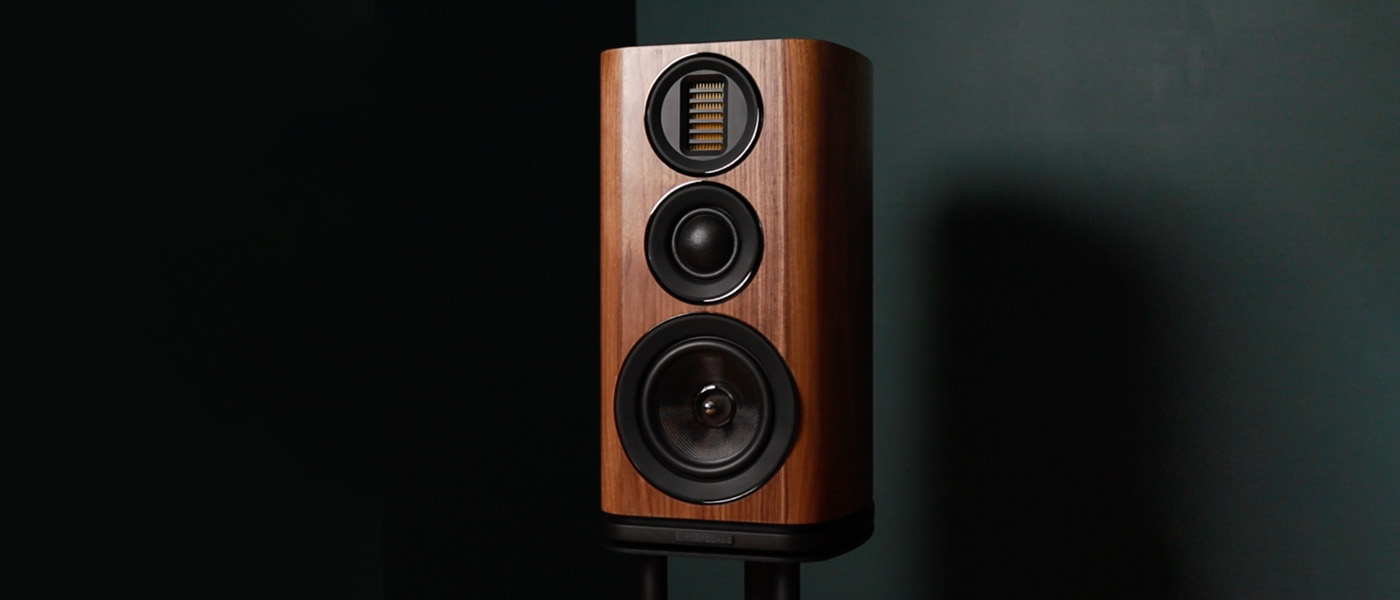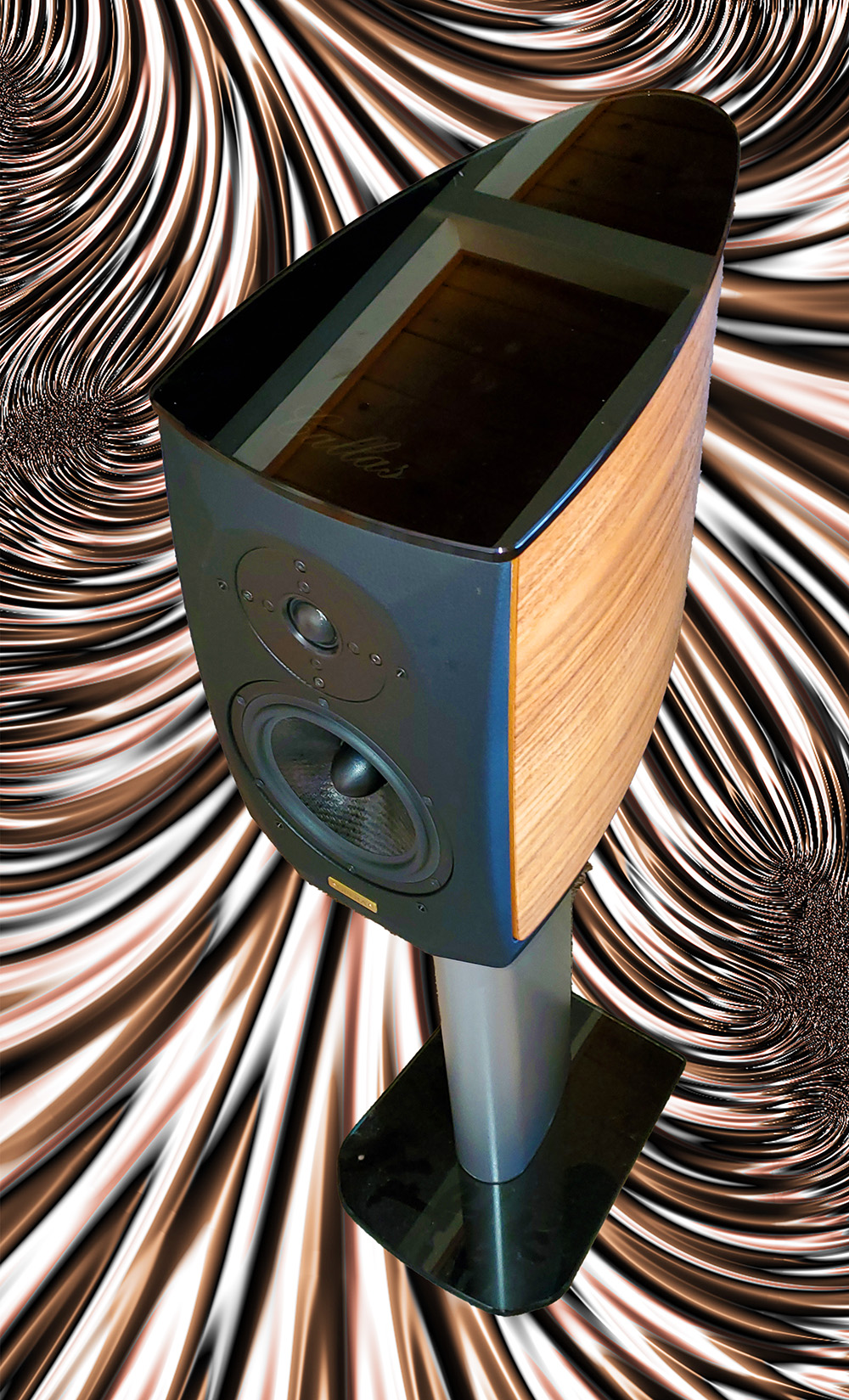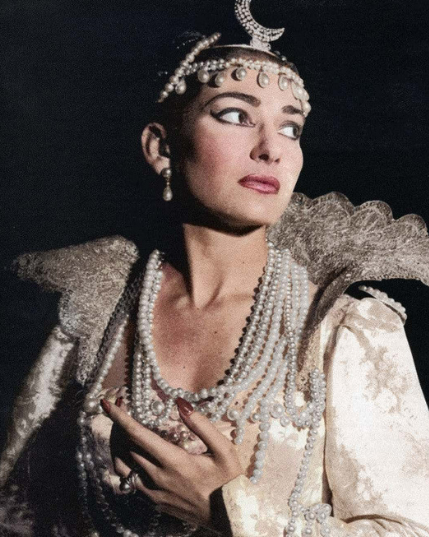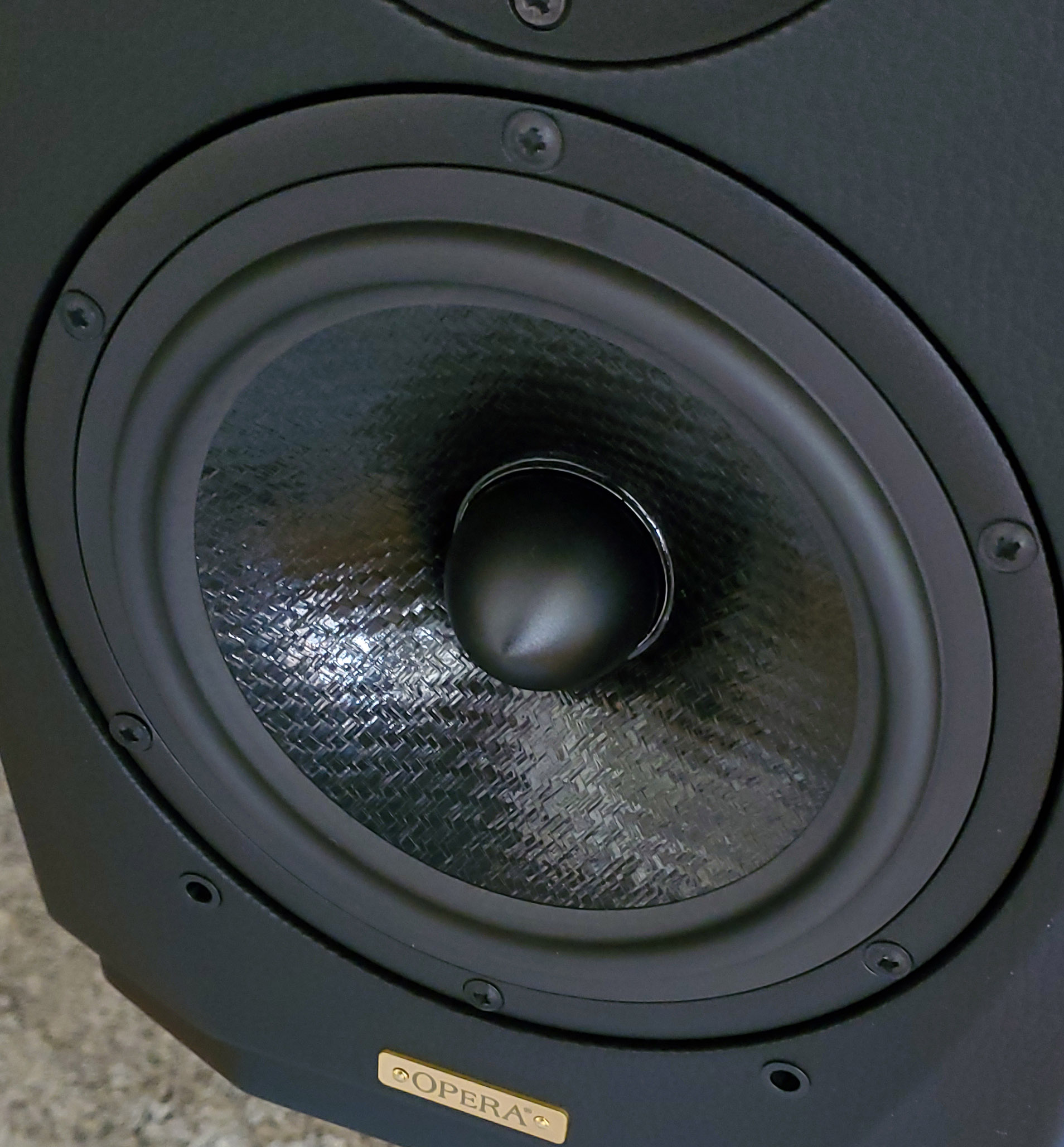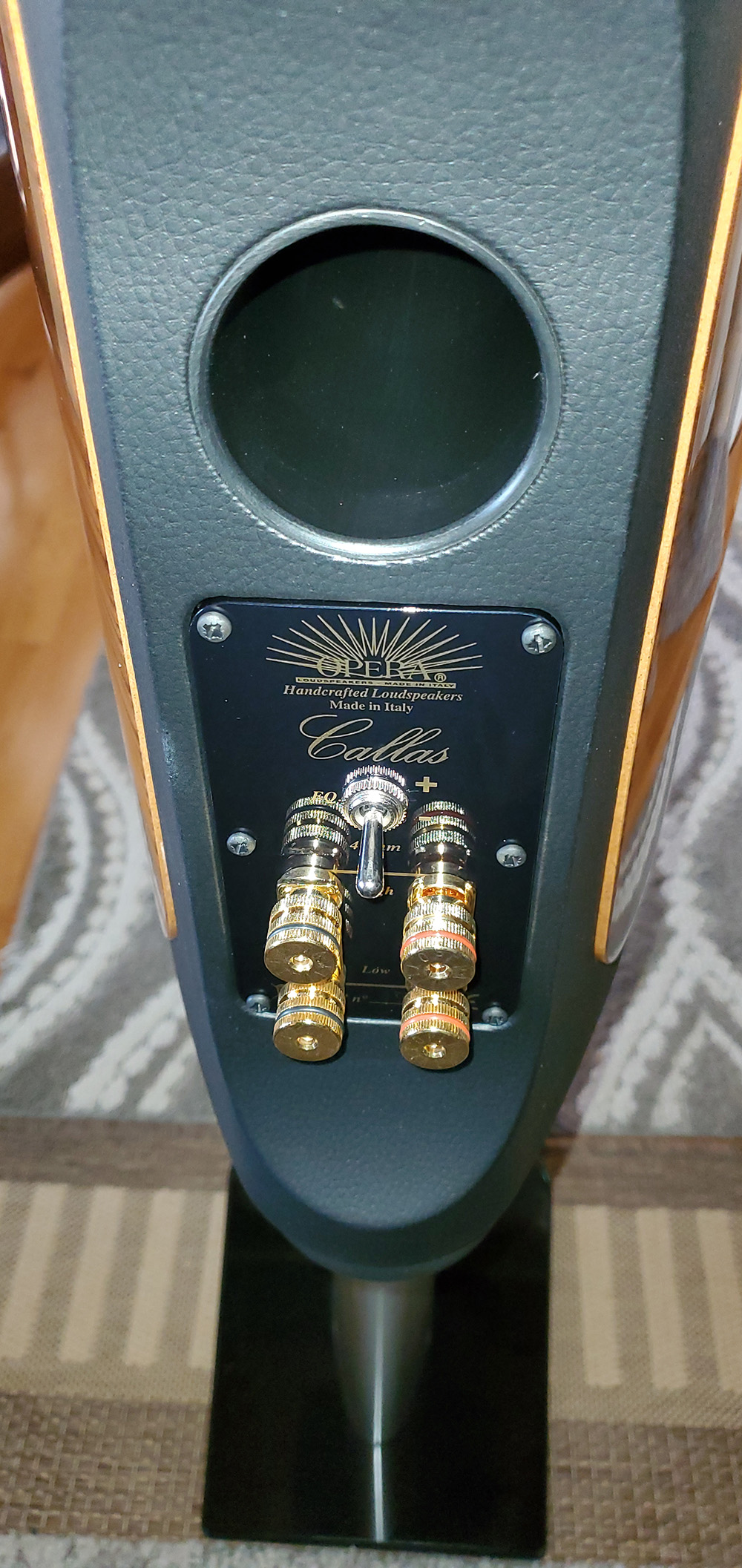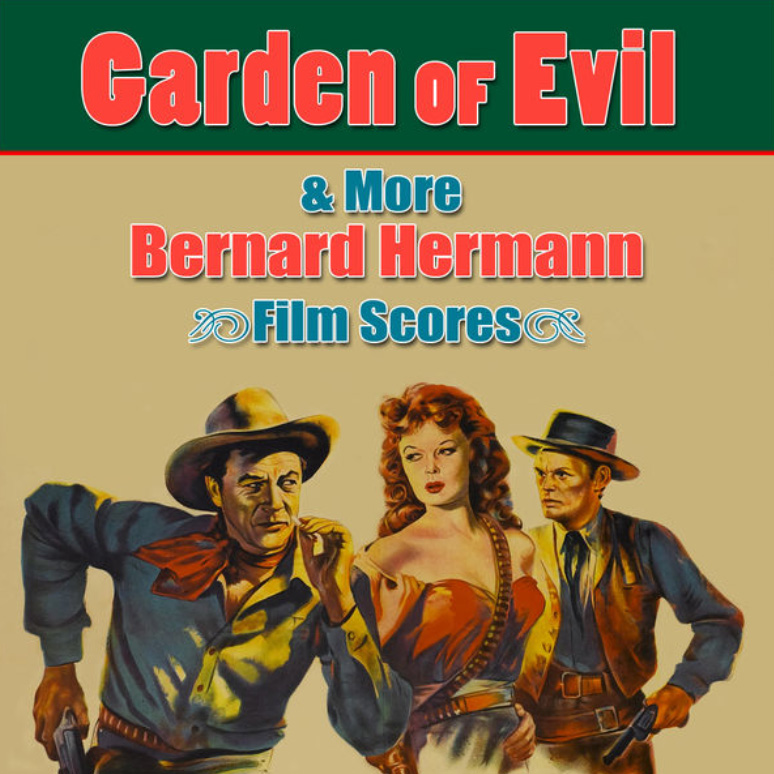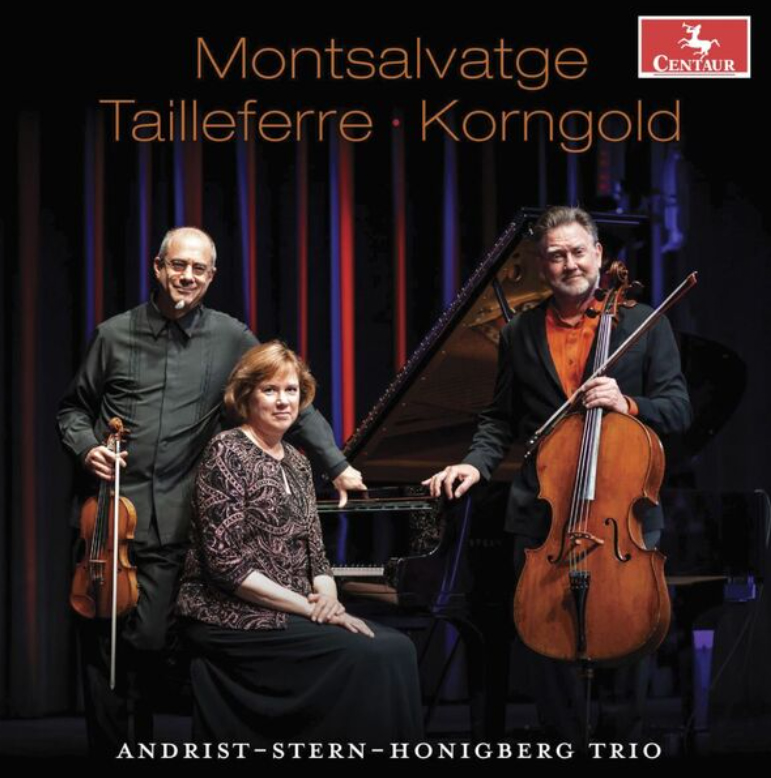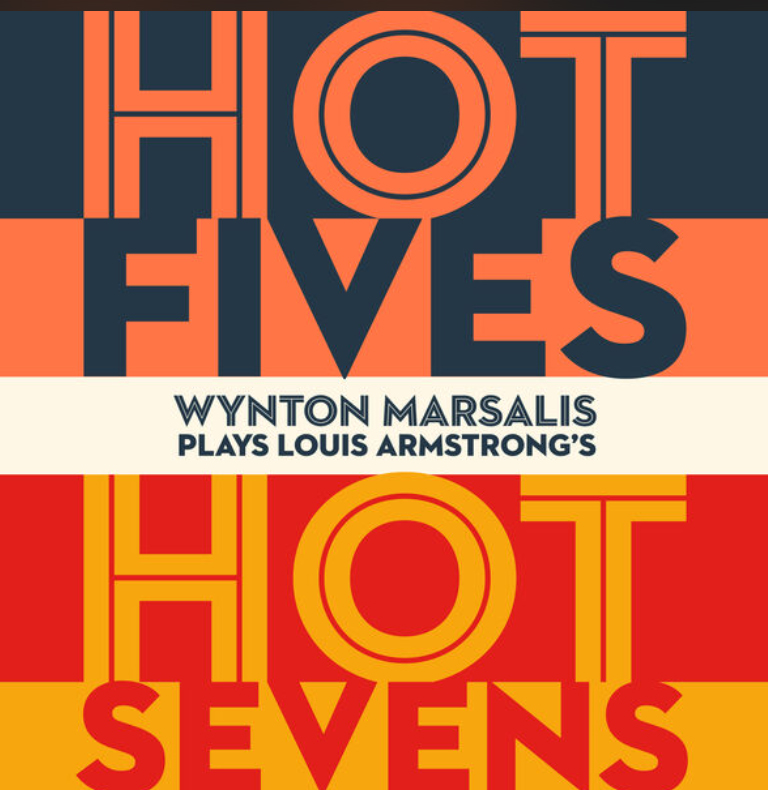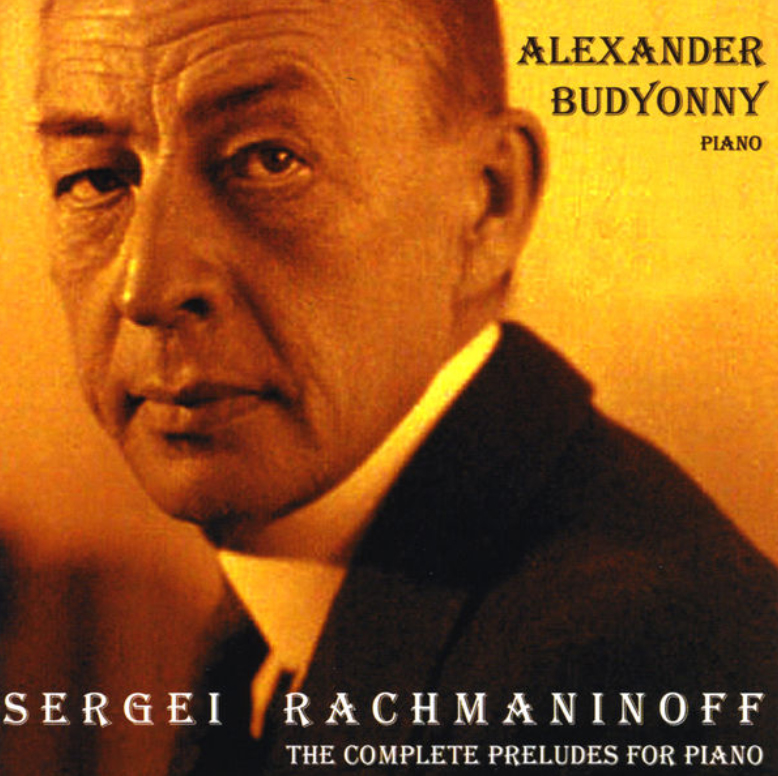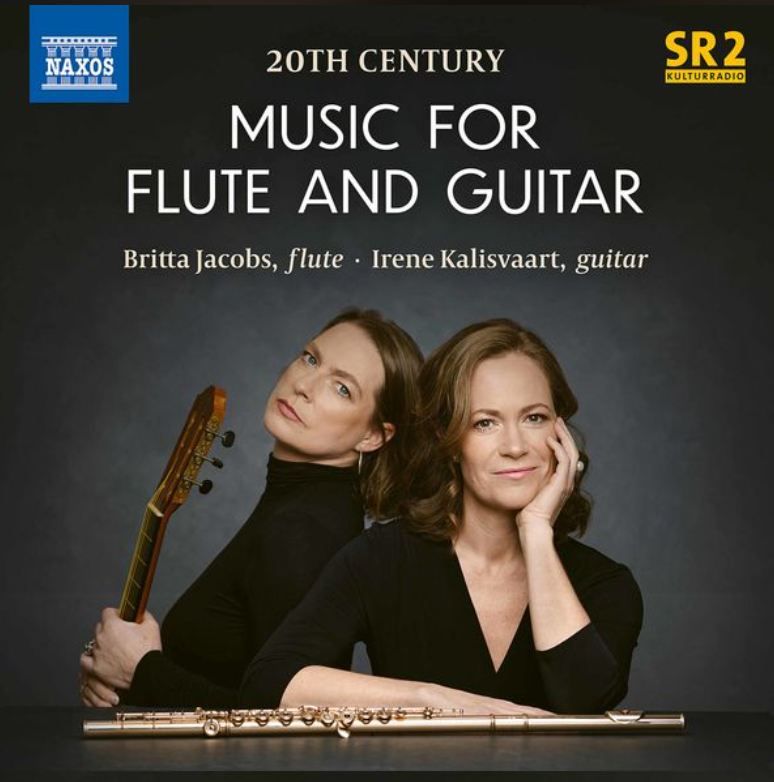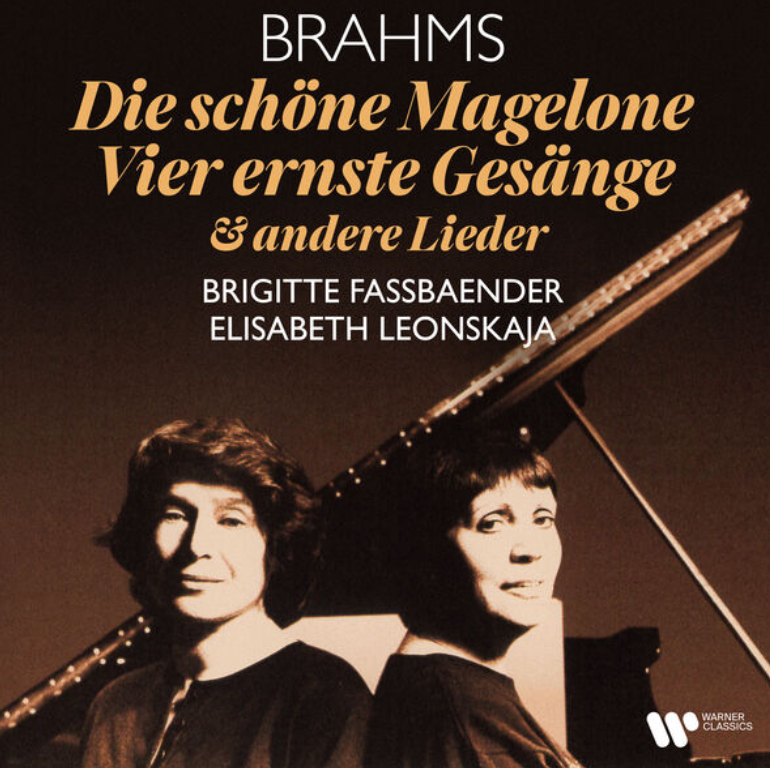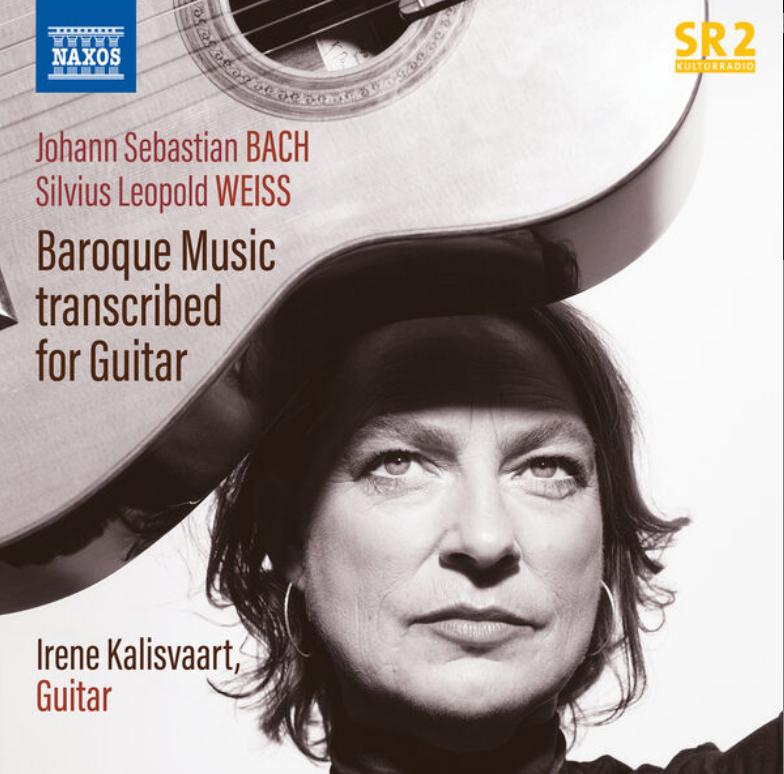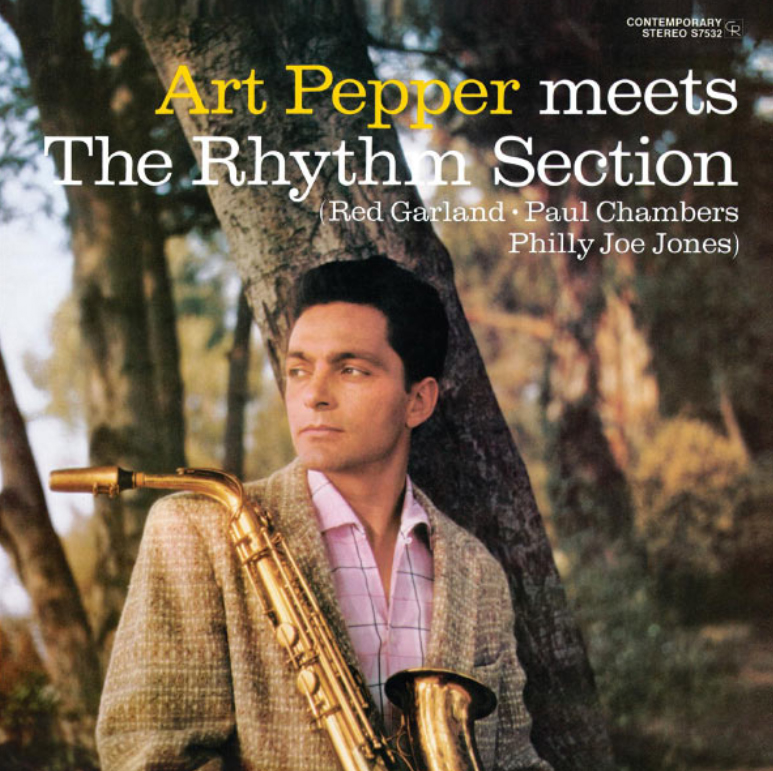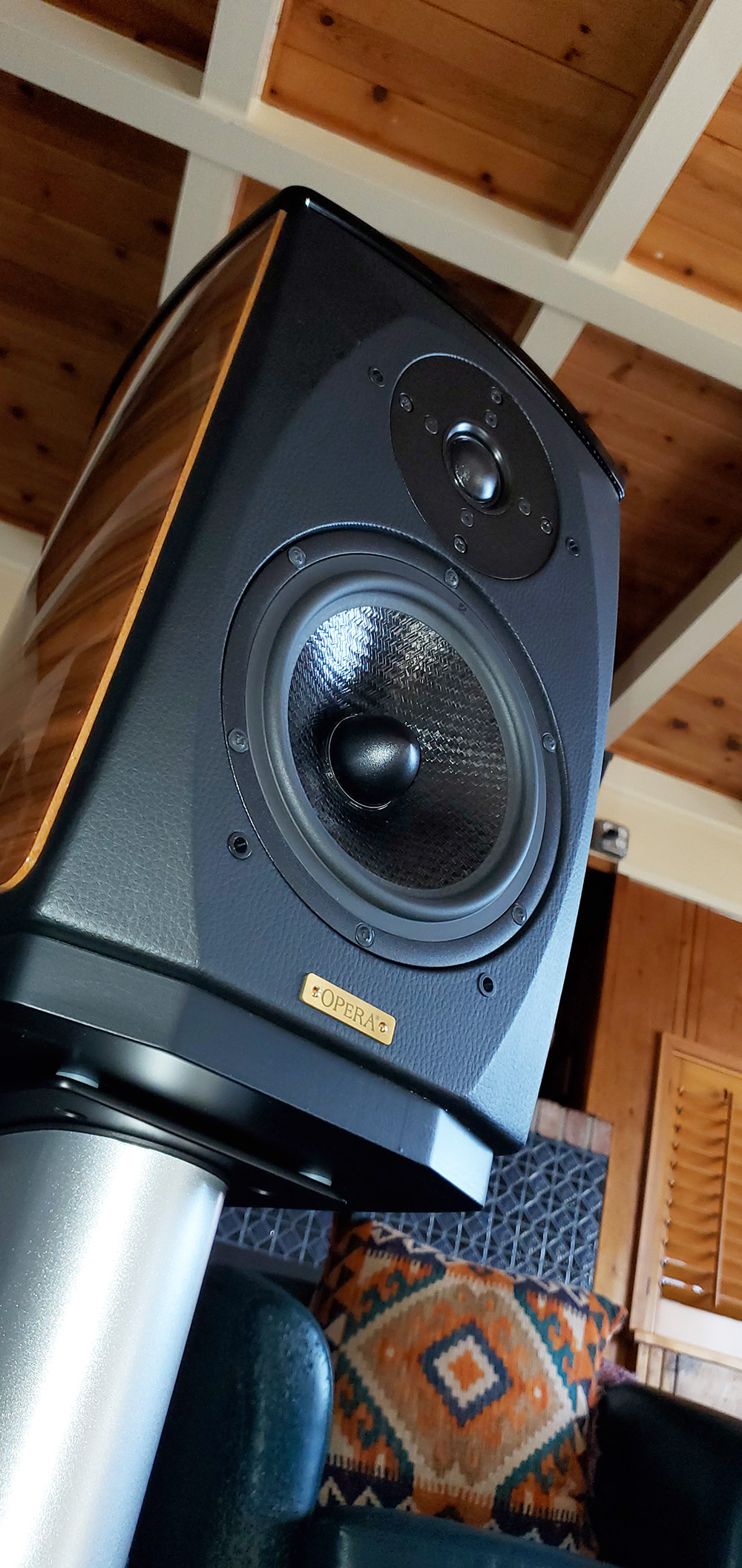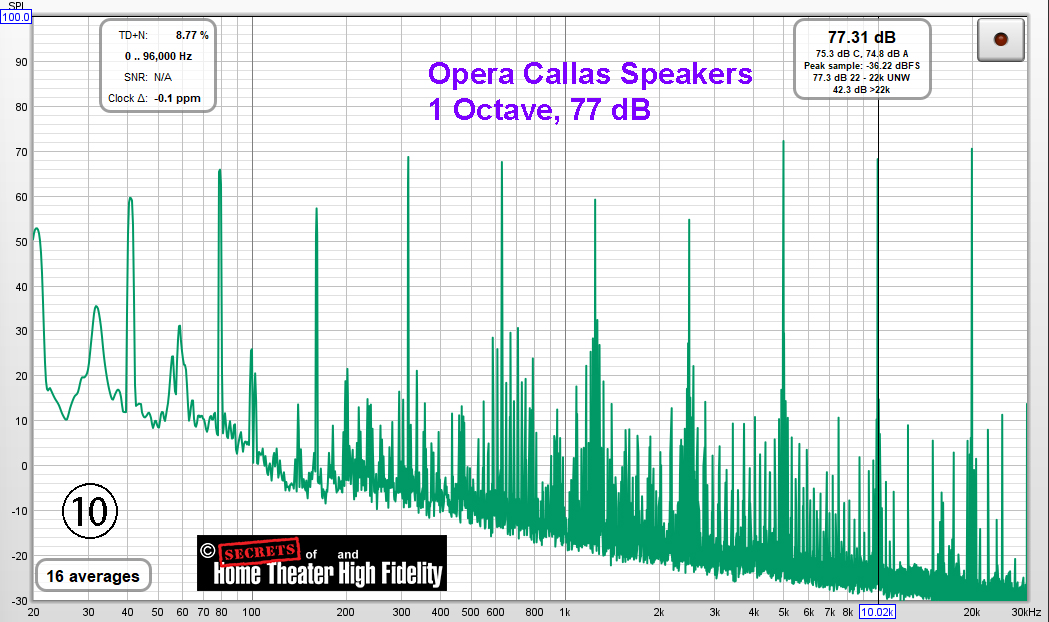Opera Callas Stand-Mounted Speakers Highlights
- Gorgeous light walnut finish.
- Huge sound.
- Curved sides to reduce internal standing waves.
- Bi-amping/bi-wiring.
When Carlo Lo Raso, our Editor, visited Opera Loudspeakers (sister company to Unison Research) in Treviso, Italy a while back, he published several photos and details of the products that are made there. I immediately decided that I would like to try out a pair of the Opera Callas stand-mounted speakers, so the company kindly provided me a set for review. They are named after Maria Callas (1923-1977) an American-born Greek opera singer.
As you can see from the photo below, the Callas speakers are almost as beautiful as Maria herself. The top of the speaker is a gloss black, and you can see the reflection of the beams on my ceiling on the top. The sides are steam-bent real walnut in a light stain finish. They are also a high gloss with reflections of other things in my listening room.
DESIGN:
Two-way
Ported
Stand-mount
DRIVERS:
One 1″ fabric-dome tweeter
One 7″ polypropylene mid-woofer
CROSSOVER FREQUENCY:
2 kHz
SENSITIVITY:
89 dB
NOMINAL IMPEDANCE:
4 Ohms
SENSITIVITY:
89 dB
WEIGHT
33 pounds/ 15 kg
DIMENSIONS:
42 x 24.5 x 42 cm (H x W x D)
MSRP:
$5,999 USD/pair
Website:
SECRETS Tags:
Bookshelf, callas, loudspeakers, loudspeaker reviews 2023, loudspeaker reviews, opera, stand-mounted
Secrets Sponsor
There have been several iterations of the Callas speakers. They started out with two tweeters on the front and three on the rear. The next version had two tweeters on the rear, and the current one has one tweeter and one mid-woofer on the front, with no drivers on the rear. Their strategy is to make the speaker more affordable, and currently, it is $5,999 USD for the pair.
The tweeter is a fabric dome, which is my favorite type.
The mid-woofer is 7″ polypropylene. You can see that it has a pattern to it rather than being smooth. The pattern reduces flexing. The cone has a phase plug which reduces interactions between the sound on the left side of the cone with the right side of the cone, and therefore, extends the high-frequency response of the driver. The plug is not attached to the cone, so the cone moves, but the plug is stationary.
The rear of the Callas has a port and speaker binding posts. You can see that the port is really big. The binding posts allow bi-amping and bi-wiring. They are gold-plated and very heavy. You can also see a toggle switch. In the up position, it adds 2 dB to the range between 300 Hz and 3 kHz. This is the midrange and is where our ears are most sensitive. When listening to music, I definitely preferred this instead of the toggle-down, which gives a flat response. The rear panel is covered in fine leather. You can see the curvature of the sides. This reduces standing waves inside the enclosure.
I listened to the Opera Callas speakers using the XLR outputs of a Lynx soundcard on my computer, outputting music from the Qobuz streaming service to Pass Labs X600.8 monoblock power amplifiers. “Sufficient power” was not an issue since the X600.8’s output 600 Watts into 8 Ohms, and the first 100 Watts are in Class A. You can see the green fan in front of the amplifiers because they get hot from so much Class A power. There are three other fans on the sides and rear.
Bernard Herrmann (1911-1975) was a prolific film score composer, having scored such masterpieces as Psycho, Vertigo, North by Northwest, and many others. His scores were fantastic, equaling those of John Williams. Too bad they spelled his name wrong in the following cover art for the movie, Garden of Evil (1954). The scores were very intense and emotionally evocative, so that is why Alfred Hitchcock hired him to score so many of his films.
Erich Wolfgang Korngold (1897-1957) was another film score composer, about 20 years earlier than Herrmann. He also was prolific as a classical music composer, shown in the following album with a string and piano trio. This is difficult music to reproduce because of the high frequencies produced by the strings, and the multitude of frequencies produced by a piano, but the Callas did not flinch. Again, I loved the midrange boost provided by the toggle switch on the rear panel.
I am amazed at how well Ahmad Jamal’s piano sounded in this 1955 recording.
Molly Tuttle’s steel guitar twanged just right.
Marsalis may have imitated Louis Armstrong, and his trumpet sounded great, but it didn’t have Armstrong’s impudence.
Rachmaninoff was one of the most brilliant composers of the Romantic Period. His Preludes are wonderful, and this is a marvelous example. I looked for the deep punch of the low notes, and they were there with the Callas, so they deliver an acceptable level of bass without a subwoofer. If you paired them with a capable subwoofer they could be the anchor of a superb combination music and home theater system, using them as front left and right speakers.
Flute, with its whistling high frequencies, combined with the soft pluck of a classical guitar, make a good test. The Callas passed with honors.
Classical guitar doesn’t twang, but it still is demanding, and the Callas delivered all those exquisite details.
And, of course, my go-to album, Art Pepper meets The Rhythm Section. Oh yes, what an alto sax musician. The Callas kept Pepper’s sax sounding natural and sassy.
These speakers are designed to play loud. Opera says so in the user manual. I listened to them loud, and by Jove they are right!
Secrets Sponsor
I tested the Opera Callas with the laboratory-grade microphone 1 meter from the speaker, on-axis, pointed between the tweeter and mid-woofer. Except where noted, the tests were with the toggle on the rear at the down position (flat response). The microphone is calibrated up to 30 kHz. A Parasound JC 1+ monoblock power amplifier was used to drive the speaker for the bench tests.
At 50 Hz, which tested the woofer, THD was 0.58%. THD+N is not the appropriate measurement since the background noise is not part of the speaker’s performance. The 3rd-ordered harmonic is slightly larger than the 2nd.
At 100 Hz (Figure 2 below), THD dropped by more than half, to 0.21%. The 3rd-ordered harmonic is still larger than the 2nd.
A 1 kHz sine wave (Figure 3 below) had even less distortion (0.17%), and the 2nd-ordered harmonic is now larger than the 3rd. 1 kHz is still testing the mid-woofer.
At 5 kHz, which is in the tweeter, distortion is 0.038%, which is a very good result, and the 2nd-ordered harmonic is the largest.
A test at 10 kHz is shown below in Figure 5. Distortion is 0.39%. The 2nd-ordered harmonic is the largest. My microphone is only calibrated to 30 kHz, but in this case, I extended the X axis to 31 kHz so that you can see the 3rd-ordered harmonic. There is about a 25 dB difference between the 2nd and 3rd.
An IMD test is shown below (Figure 6), using 60 Hz and 7 kHz sine waves. At 85 dB output, IMD was 1.28%. The test tones each come out of different drivers; 60 Hz from the woofer, and 7 kHz from the tweeter. However, the sound mixes as it comes toward the listener, with the mix depending on the distance between the two drivers. What I am looking for here is the possibility that the mix might be different from speaker to speaker. So, we will see over time if this is so, testing various models.
Here is the same test, Figure 7, with the X-axis extended so we can see the details of the IMD peaks. This is a moderate amount of IMD.
19 kHz and 20 kHz sine waves are also used to measure IMD. In this case, Figure 8, IMD was 0.19% at 81 dB SPL. Here, the two test tones came out of the same driver, the tweeter.
Here is the same spectrum with the X-axis expanded. There are not very many side peaks, and they are not very high. A good result.
In Figure 10, a 1 Octave Multi-tone test is shown. Multi-tone tests illustrate where the concentration of distortion is located. In this case, distortion is concentrated in the 300 Hz to 2 kHz range, and a little less in the 3 kHz to 10 kHz range.
Here is a slightly different multi-tone test called 1/10 decade (Figure 11 below). It shows a similar result but with more distortion. It suggests that the real distortion starts at about 600 Hz. You would never hear music with this kind of frequency spread in the same amount of SPL at all frequencies. It is just a stress test, as is the 1 Octave test in Figure 10, to see where the distortion is concentrated. All speakers will have some sort of distortion spread.
Using an Impulse Response test, with the grille on and the toggle down, here is the Frequency Response and Distortion spectrum. The response is reasonably flat from about 50 Hz to 20 kHz and distortion stays below 1%. The dip at 140 Hz is a room effect. The 4th-ordered harmonic (blue line) is the predominant one.
The Cumulative Spectral Decay (CSD) at 82.9 dB SPL with the grille on and toggle down, is shown in Figure 13 below. Click on it to see the details. There is a moderate amount of enclosure resonance and driver resonance.
The following two figures are with the grille on and the toggle up. The first one, Figure 14, is the Frequency Response and Distortion spectrum. Comparing it to Figure 13, you can see the midrange has increased by 2 dB SPL. Distortion has increased a bit as well. However, the 2nd-ordered harmonic is now the largest throughout most of the frequency range. The 4th-ordered harmonic is the second largest, so this speaker has a good “even-ordered” response.
The CSD for the grille on toggle up (Figure 15) is about the same as with the toggle down (Figure 13).
In Figure 16, we see the Frequency Response and Distortion spectrum for the grille on, toggle down, and 92.8 dB SPL, which is really loud. Compared to grille on, toggle down, 82.9 dB SPL (Figure 12), Figure 16 has the 2nd-ordered harmonic as the predominant one for most of the audible frequency range (yellow line). So, the Callas are indeed intended for loud music listening.
Here (Figure 17) is an Impedance/Phase plot for the Opera Callas speakers. The grille was on and toggle down (flat response). The Impedance is a maximum of 17 Ohms at 1.7 kHz and a minimum of 3.7 Ohms at 230 Hz. The Phase is a maximum of + 390 at 22 Hz and a minimum of -440 at 100 Hz.
In Figure 18, with the grille on and toggle up (+ 2 dB from 300 Hz to 3 kHz), you can see that the impedance in the midrange came down which translates to increased output in that region. The maximum impedance is now 16.2 Ohms at 77 Hz and a minimum of 3.5 Ohms at 250 Hz. Phase is +400 at 22 Hz and -460 at 100 Hz.
Opera Loudspeakers’ latest iteration of their Callas stand-mounted speakers is a home run. With a smooth and appealing sound signature, they had no problem resolving all the details of my favorite music along with producing more than sufficient bass for their size. The midrange toggle boost switch on the back was an appreciated feature that I found useful with much of my music. When the volume was turned up, the Opera Callas didn’t flinch or wilt under pressure. With 2nd-order distortion prominent at loud listening levels, these lovely Italians remained poised and composed as they sang. And did I mention the gorgeous enclosures? At $5,999 the pair USD, you can’t go wrong.
- Very pretty enclosures
- Built like a tank
- Ability to boost the midrange
- Plays loud with 2nd-ordered harmonic as the predominant one
- Can’t think of anything


